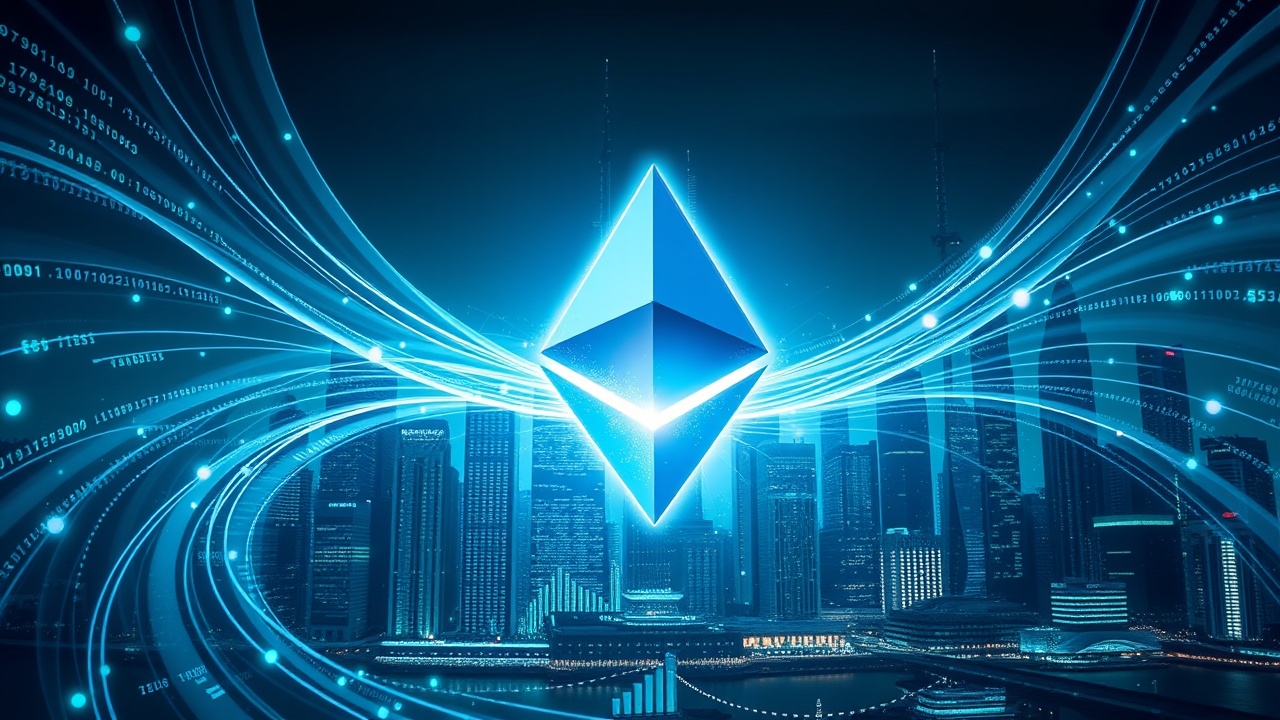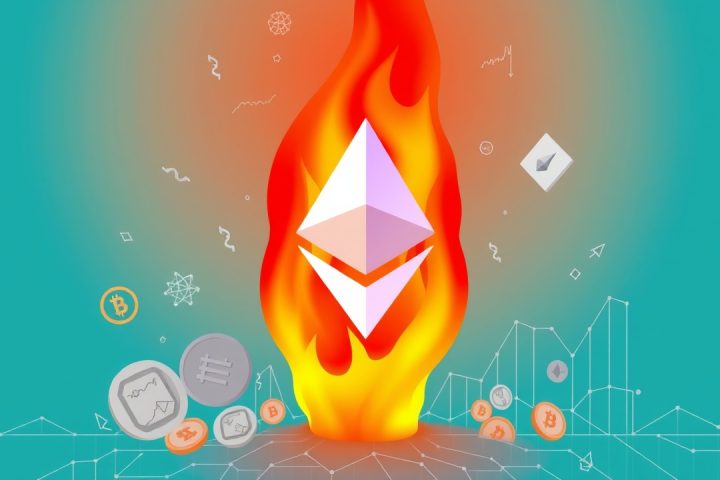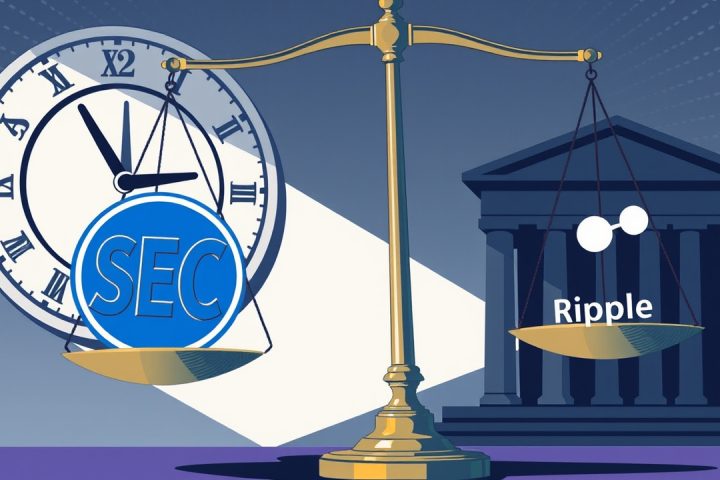Introduction to EIP 7928
In response to the escalating discourse surrounding Ethereum’s Layer 1 scalability, engineers and researchers have introduced a significant improvement proposal aimed at enhancing transaction execution and block validation within the network. Ethereum, known as the first and largest platform supporting smart contracts, is set to transform its scaling capabilities through the proposed EIP 7928, titled “Block-Level Access Lists“.
Details of the Proposal
This proposal seeks to equip the Ethereum blockchain with a comprehensive catalog of all addresses and storage keys that are accessed during each block’s execution, including the values post-execution. By leveraging Block-Level Access Lists (EIP-7928), Ethereum aims to achieve substantial performance gains at the Layer 1 level through expedited and parallel validation of blocks.
The proposal, crafted by a team of experienced Ethereum contributors—Toni Wahrstätter, Dankrad Feist, Francesco D’Amato, Jochem Brouwer, Ignacio Hagopian, Yoav Weiss, and Alex Forshtat—aims to surge the efficiency of transaction processing and block validation. This advancement is expected to facilitate parallel disk reads and expedite transaction approval, which may consequently allow for subsequent increases to the gas limit.
Key Features of EIP 7928
To realize these objectives, EIP 7928 will incorporate three new elements into Ethereum’s block structure. A key feature is the Block Access List (BAL), which connects transactions to the respective addresses and storage slots they access, indexing transactions alongside their post-execution outcomes. Wahrstätter noted that once EIP 7928 is sanctioned, it would significantly enhance validator performance, with BALs serving as essential “cheat sheets” for validators detailing the potential impact of each transaction, thus streamlining the validation process.
Impact on Ethereum’s Future
The advancement of Layer 1 scaling will lead to shorter slot times and elevated gas limits, according to the researcher. This proposal is part of an ongoing dialogue within the Ethereum community regarding the best path forward for scaling the network. While some members advocate for a focus on Layer 2 solutions, others underline the importance of bolstering Layer 1 capabilities.
Recent and Upcoming Developments
Previously reported, Ethereum achieved a major milestone with the activation of its ambitious hard fork, Pectra, on May 7, which introduced enhanced account abstraction and improved ETH staking mechanisms. Looking ahead, another upgrade called Fulu-Osaka, or Fusaka, is slated for late 2025. This upcoming update aims to introduce PeerDAS, a feature that seeks to optimize Layer 2 costs through off-chain data sampling, along with enhancements in smart contract security.




